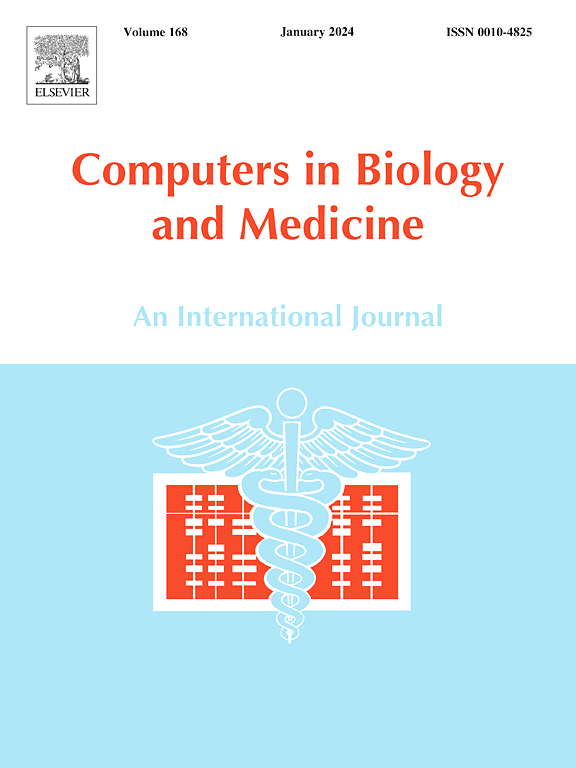A novel hybrid feature fusion approach using handcrafted features with transfer learning model for enhanced skin cancer classification
IF 7
2区 医学
Q1 BIOLOGY
引用次数: 0
Abstract
Skin cancer is a deadly disease and has the highest rising rates globally. It arises from aberrant skin cells, which are often caused by prolonged exposure to ultraviolet rays from sunlight or artificial tanning devices. Dermatologists rely on visual inspection and need to identify suspicious lesions. Prompt and accurate diagnosis is pivotal for effective treatment and enhancing the chances of recovery. Recently, skin cancer prediction has been made utilising machine and deep learning algorithms for early detection. This methodology presents a novel hybrid feature extraction and is fused with a deep learning model for dermoscopic image analysis. Skin lesion images from sources like ISIC were pre-processed. Features were extracted using the Grey-Level Co-Occurrence Matrix (GLCM), Redundant Discrete Wavelet Transform (RDWT) and a various pre-trained model. After evaluating all the combinations, the proposed feature fusion model performed well rather than all other models. This proposed feature fusion model includes GLCM, RDWT, and DenseNet121 features, which were estimated with the various classifiers, among which an impressive accuracy of 93.46 % was obtained with the XGBoost classifier and 94.25 % with the ensemble classifier. This study underscores the efficacy of integrating diverse feature extraction techniques to increase the reliability and effectiveness of skin cancer diagnosis.
求助全文
约1分钟内获得全文
求助全文
来源期刊

Computers in biology and medicine
工程技术-工程:生物医学
CiteScore
11.70
自引率
10.40%
发文量
1086
审稿时长
74 days
期刊介绍:
Computers in Biology and Medicine is an international forum for sharing groundbreaking advancements in the use of computers in bioscience and medicine. This journal serves as a medium for communicating essential research, instruction, ideas, and information regarding the rapidly evolving field of computer applications in these domains. By encouraging the exchange of knowledge, we aim to facilitate progress and innovation in the utilization of computers in biology and medicine.
 求助内容:
求助内容: 应助结果提醒方式:
应助结果提醒方式:


